One of the hottest musical styles of the 1960s began in Detroit in 1959 when Berry Gordy Jr. founded Motown Records. A group of talented musicians and songwriters, a little funk and a lot of soul, plus a dash of Detroit spirit, added up to a winning formula that kept America dancing for a decade and beyond. We’re remembering Motown legends with a gallery showcasing some of the most legendary pop music-makers of all time.
Mary Wells (1943–1992)

Wells was one of the early superstars of Motown Records. In fact, she was so important to the development of the label’s sound, and such a bright light in the label’s early catalog, that she was known as “The First Lady of Motown.”
The Miracles

Smokey Robinson and The Miracles scored Motown’s first million-selling hit with “Shop Around.” They soon became one of Motown’s top acts. Pictured from left: Bobby Rogers (1940–2013), Pete Moore (1938–2017), Smokey Robinson, and Ronnie White (1939–1995).
The Marvelettes

The Marvelettes helped put fledgling Motown Records on the musical map with its first No. 1 hit “Please Mr. Postman.” Clockwise from top left: Gladys Horton (1945–2011), Katherine Anderson, Georgeanna Tillman, and Wanda Young.
Junior Walker (1931–1995)

Junior Walker was one of Motown’s greatest sax players. He formed his first band by the time he was 14 and kept playing music all his life, finding new audiences as the years went by. Walker’s first and greatest success was with his band Junior Walker & the All Stars. They had a string of R&B chart-toppers.
The Supremes

The Supremes, with Florence Ballard (1943–1976), Mary Wilson, and Diana Ross, represented the highs and lows of singing stardom at Motown. Founded in 1959 by Ballard as the Primettes, the group would become Motown’s most successful during the 1960s. But as Diana Ross was elevated to star status, founder Florence Ballard was pushed to the background and eventually out of the group.
Florence Ballard (1943–1976)
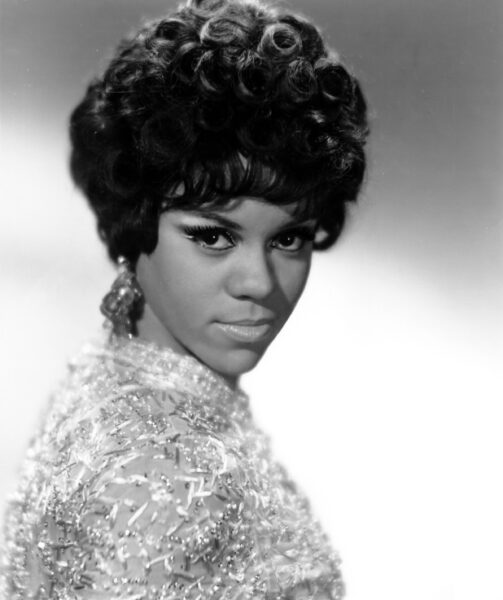
Ballard was one of the founding members of the The Supremes and sang on sixteen Top 40 singles with the group, including ten No. 1 hits before her departure from the group and her early death. Years later, when Jennifer Hudson won the Oscar for her role in Dreamgirls, a movie inspired by The Supremes, she dedicated her award to Florence Ballard, “who never got a chance”—an overstatement, perhaps, but one that captures the sadness behind one of the more tragic tales of the Motown era.
Read more about Florence Ballard
The Temptations

The Temptations were known for their cool harmonies, sharp choreography, and flashy wardrobe. And, like The Supremes, The Temptations had their share of backstage drama. The original lineup included, from left, Melvin Franklin (1942–1995), David Ruffin (1941–1991), Otis Williams, Paul Williams (1939–1973), and Eddie Kendricks (1939–1992).
David Ruffin (1941–1991)

Ruffin was lead singer for The Temptations on some of their best-loved hits, including “My Girl” and “Ain’t Too Proud to Beg.” But as his stardom grew, so did his ego, a situation not helped by his flirtations with cocaine (which would later become a debilitating and lethal romance). He refused to travel with the band, insisting instead on his own fur-lined limo. He began missing rehearsals and demanded the band change its name to David Ruffin & The Temptations. In 1968, when Ruffin missed a concert performance, his bandmates decided they’d had enough, and they fired him.
Dennis Edwards (1943–2018)

Edwards replaced David Ruffin as lead vocalist of The Temptations in 1968. He brought soulful lead vocals to the band’s psychedelic, funk, and disco era of the late 1960s and 1970s. The group’s song lyrics also shifted during this era to address social issues and hits during that time included “Cloud Nine,” “I Can’t Get Next to You,” “Ball of Confusion (That’s What the World is Today),” and “Papa Was a Rollin’ Stone.”
Sylvia Moy (1938–2017)

The first female songwriter and producer at Motown, Moy persuaded Berry Gordy Jr. to keep Steve Wonder on the label when Little Stevie’s voice was changing. According to Gordy, he told Moy he’d keep Wonder if she wrote a hit song for him. Moy did just that, co-writing “Uptight (Everything’s Alright),” a top 3 hit for the singer in 1966. Moy went on to write and/or produce more Wonder hits including “My Cherie Amour,” “I Was Made To Love Her,” and “Never Had a Dream Come True,” and also co-wrote hits for the Isley Brothers, Marvin Gaye, Kim Weston, Michael Jackson, and other artists.
Syreeta Wright (1946–2004)

The singer-songwriter collaborated on some of the best songs of the Motown era, including hits from the Supremes and Martha and the Vandellas. As a songwriter, she penned “Signed, Sealed, Delivered (I’m Yours)” and “If You Really Love Me” and other hits with then husband Stevie Wonder.
Read more about Syreeta Wright
The Four Tops

One of the bands associated most closely with the Motown sound, The Four Tops had their first hit with “I Can’t Help Myself (Sugar Pie, Honey Bunch)” and followed it with a long string of hit singles. Pictured from left: Ronaldo “Obie” Benson (1936–2005), Levi Stubbs (1936–2008), Abdul “Duke” Fakir, and Lawrence Payton (1938–1997).
Tammi Terrell (1945–1970)
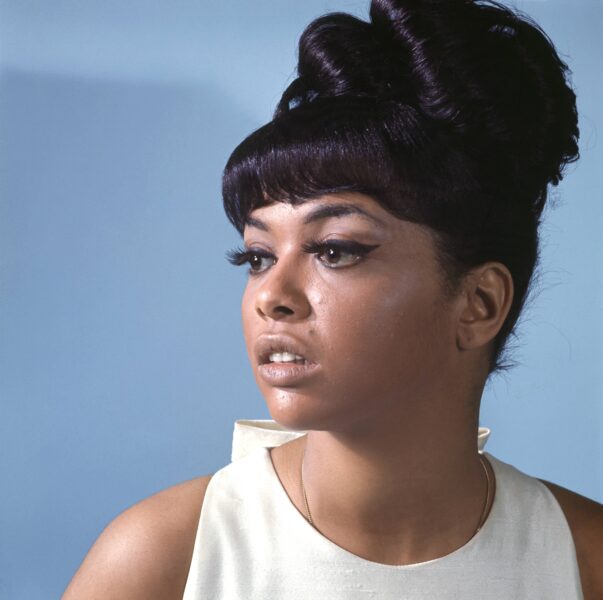
Terrell was just 24 when she died of a brain tumor. But during her too-short life, she recorded some of Motown’s most enduring classics—both as a solo artist and in duets, most notably with Marvin Gaye.
Marvin Gaye (1939–1984)

Gaye personified the changing landscape of rhythm and blues in a career that spanned not just the tumultuous 1960s, but also 26 years that saw the art form morph from innocent street corner doo-wop to the sexually charged soul music of the 1980s.
Gladys Knight & The Pips

Gladys Knight & The Pips had hits including “I Heard It Through the Grapevine” and “Midnight Train to Georgia.” Pictured from left: William Guest, Edward Patten (1939–2005), Gladys Knight, and Bubba Knight.
The Jackson 5

The Jackson 5 in 1971. Clockwise from bottom left: Michael Jackson (1958–2009), Tito Jackson, Jackie Jackson, Jermaine Jackson, and Marlon Jackson.
The Isley Brothers

The Isley Brothers established themselves with hits including 1959’s “Shout,” which sold more than 1 million records. Pictured from left: O’Kelly Isley (1937–1986), Ernie Isley, Chris Jasper, Rudolph Isley, Ronald Isley, and Marvin Isley (1953–2010).
The Originals

Often called “Motown’s best-kept secret,” The Originals had hits including “Baby I’m for Real” and “Down to Love Town.” Pictured in this photo from the late 1970s are Ty Hunter (1943–1981), C.P. Spencer (1938–2004), Hank Dixon, Freddie Gorman (1939–2006), and Walter Gaines (d. 2012).
Jimmy Ruffin (1936–2014)
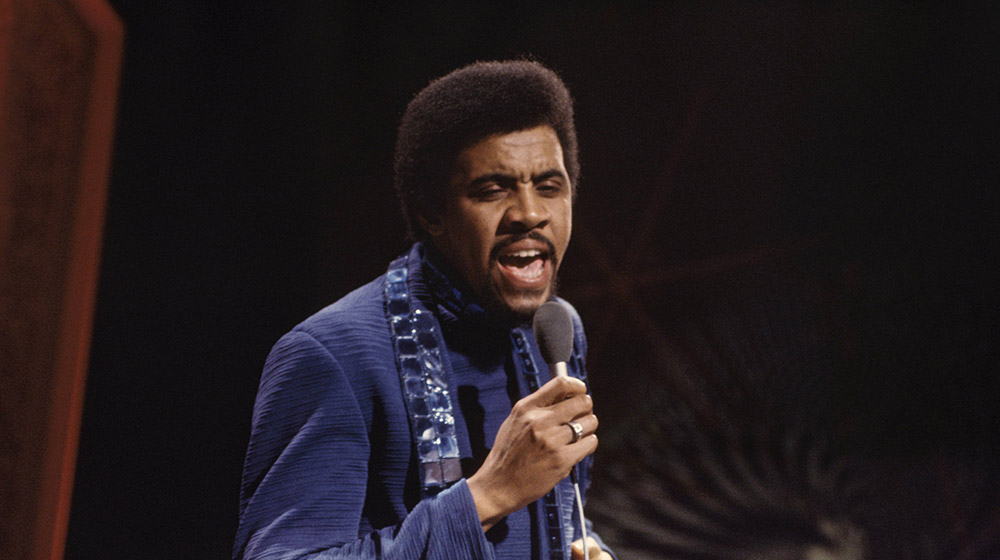
Ruffin signed with Motown in 1961 and had a string of hits including “What Becomes of the Brokenhearted.” He was also the older brother of Temptations lead singer David Ruffin.
Ashford & Simpson
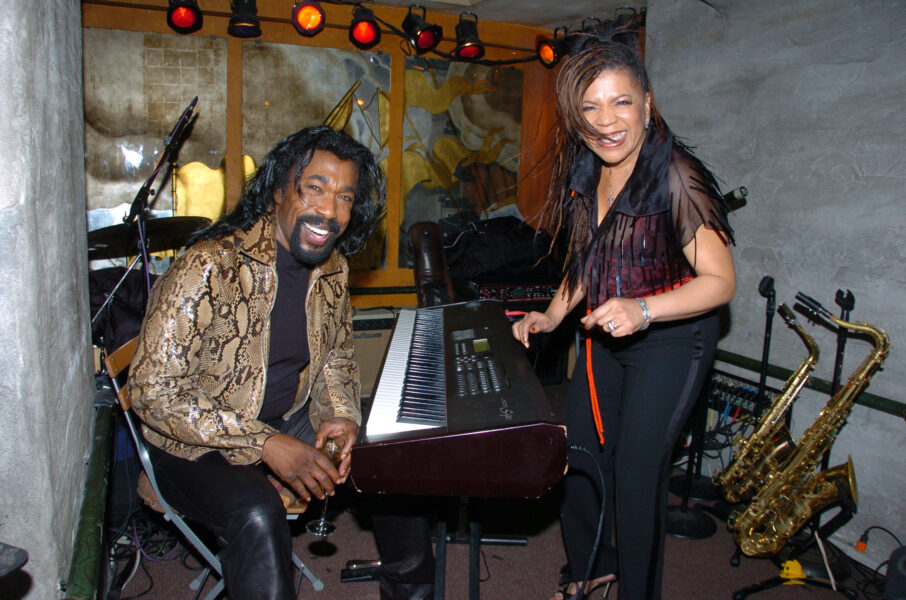
As songwriters for Motown and other labels, Ashford & Simpson—aka Nick Ashford (1941–2011) and his wife Valerie Simpson—were responsible for such favorites as “Ain’t No Mountain High Enough” (recorded by Marvin Gaye and Tammi Terrell), “Reach Out and Touch Somebody’s Hand” (recorded by Diana Ross), and “I’m Every Woman” (recorded by Chaka Khan).
Rick James (1948–2004)

James began his music career fronting R&B and doo-wop groups. He signed to Gordy Records, a subsidiary of Motown, in 1978 and scored many popular hits.
Teena Marie (1956–2010)

Teena Marie made history as Motown’s first white act. She developed a lasting legacy with her silky soul pipes and hits like “Lovergirl,” “Square Biz,” and “Fire and Desire” with mentor Rick James.
The Funk Brothers
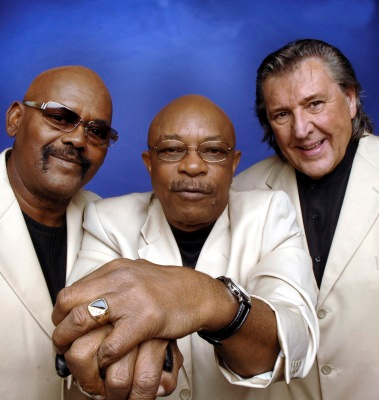
The Funk Brothers were the Motown powerhouse band that served as session musicians for groups such as the Temptations. The group included, from left, Uriel Jones (1934–2009), Eddie Willis, and Bob Babbitt (1937–2012).
Barbara McNair (1934–2007)

McNair was a woman of many talents: A singer and an actress, she hosted a TV variety show, becoming one of the first African-American women to do so. And she recorded two albums for Motown: “Here I Am” and “The Real Barbara McNair.”
Read more about Barbara McNair
The Pointer Sisters

Sisters Bonnie (1950–2020), June (1953–2006), and Anita started their eponymous R&B group in 1969 and were later joined by sister Ruth. At the height of their fame in the 1970s and ’80s, the Pointer Sisters electrified the world with their perky, catchy songs. In 1990, they recorded the album “Right Rhythm” for Motown.
Read Bonnie Pointer’s obituary
Billy Preston (1946–2006)

The keyboardist became famous as a session musician for artists such as Sam Cooke and Ray Charles. He not only lent his talents to Motown, but also was one of an elite few to be known as the “Fifth Beatle,” recording with the Beatles, notably on “Get Back,” and even performing with them at their famed final concert. As a solo artist, his hits included “Outa-Space” and “Nothing from Nothing.”
Maxine Powell (1915–2013)

Behind the scenes, Powell directed Motown’s Artists Development Department, aka “Motown’s Finishing School.” She guided many, including Robinson’s Miracles, the Jackson 5, and the Supremes.
Esther Gordy Edwards (1920–2011)

She was a Motown executive for nearly three decades, helping her brother Berry Gordy Jr. to build the label. Later she efforts to turn its original Detroit headquarters into a museum.
View Esther Gordy Edwards’ obituary
Bobby Taylor (1939–2017)

Taylor signed with Motown in 1965 as the frontman for Bobby Taylor and the Vancouvers (a band that included comedian Tommy Chong on guitar). With a hit single with “Does Your Mama Know About Me,” the band was playing a gig in Chicago in 1968 when Taylor took note of the kids opening for them. He introduced the talented Jackson brothers to Motown execs and produced the bulk of the group’s first album, “Diana Ross Presents the Jackson 5.”